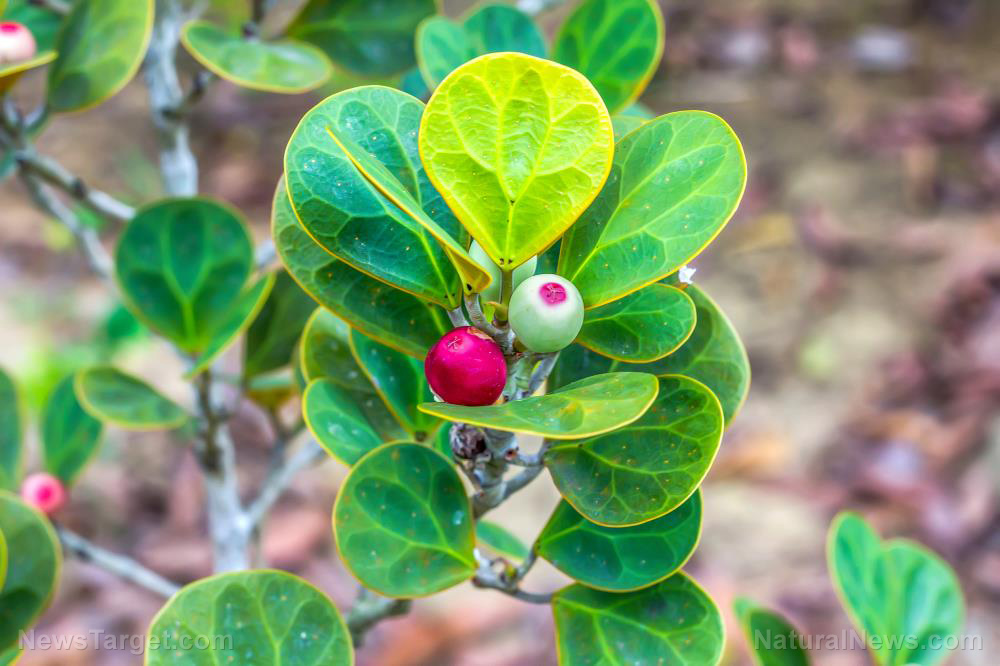
Mistletoe is a semi-parasitic plant that attaches itself to trees such as pine, oak, spruce, elm and apple. It has been used for hundreds of years to treat a variety of ailments, and although the plant and its berries are poisonous to humans, the use of its extract in clinical studies has led to few serious side effects.
You probably haven’t heard of its utility in treating cancer if you’re American, but it’s used fairly commonly in Europe, especially in German-speaking countries; in Germany, the insurance system actually covers this type of treatment. Several different mistletoe extracts are marketed there as injectable prescription drugs. In some countries, preparations of European mistletoe, or Viscum album Loranthaceae, are among the drugs that are most prescribed to cancer patients.
Mistletoe extract is usually administered via subcutaneous injection, although other routes are sometimes used, like intravenous administration.
Clinical studies have already shown that it can improve people’s survival rate as well as their quality of life when they have cancer, and it’s also good at alleviating some of the side effects of chemotherapy, like lack of appetite, vomiting, and tumor pain. A large German clinical trial found that cancer patients taking one type of mistletoe extract lived an incredible 40 percent longer than those who didn’t take it.
It has been shown to kill cancer cells in vitro, down-regulate the genes that are involved in the progression of tumors, and reduce tumors’ migratory potential.
However, it has not yet been adopted by the regulatory agencies in the U.S. on the pretense of a lack of scientific evidence. Indeed, some studies have yielded conflicting results, and that is being largely blamed on the fact that the different varieties of mistletoe all have their own unique properties. The species of the host tree affects the chemical composition of the extracts derived from the mistletoe, as do factors like the time of year it was harvested and the method of extract preparation.
Researchers continue to look into mistletoe's healing effects
Australian researchers tested three different kinds of mistletoe and found some big differences. In their study, it was the Fraxini variety, which can only be found growing on ash trees, that showed the greatest efficacy on colon cancer cells – even outperforming chemotherapy drugs – while being less toxic to healthy cells in the intestine. Contrast this with chemotherapy, which kills healthy cells alongside the cancerous ones and leads to a slew of side effects. In addition, the Fraxini extract enhanced the potency of chemotherapy against cancer cells. The researchers pointed out that they only studied three extracts and that it’s quite possible other types of mistletoe that grow on different trees could be even more effective.
Unfortunately, mistletoe won’t make its way to mainstream cancer treatment in the U.S. until further clinical testing has been carried out here. Johns Hopkins Medicine is currently recruiting patients with advanced cancer that hasn’t responded to conventional treatment for a clinical trial. Until it gains the acceptance in America that is has in Europe – and there’s no guarantee that will happen given the influence Big Pharma has on U.S. regulators – patients can get the treatment from complementary medicine practitioners.
Sources include:
Please contact us for more information.























